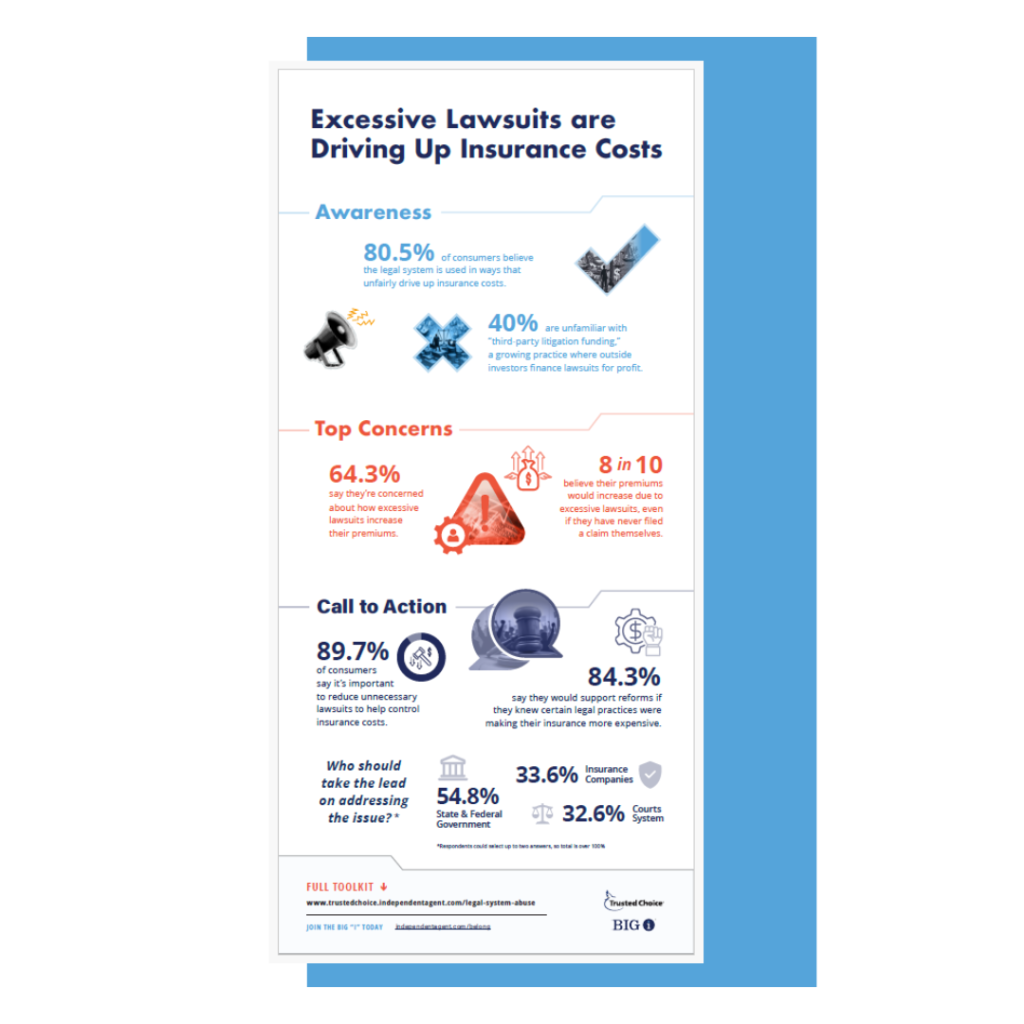Producer Compensation and Misleading Industry Statistics
One of the most common questions asked by agency owners is, “What is the average producer compensation for new and renewal business?” You may be surprised to learn that such numbers actually exist. However, they are also almost completely useless. Here’s why….
Author: Chris Burand One of the most common questions asked by agency owners is, “What is the average producer compensation for new and renewal business?” You may be surprised to learn that such numbers actually exist. However, they are also almost completely useless. Here’s why…. If only I had a nickle for every time I was asked, “What is the average producer compensation for new and renewal business?” This is a very relevant question. The answer, however, is very irrelevant because the numbers that make up that average vary dramatically. Statistically, any time the standard deviation (or the variance in the numbers making up an average) is too large, the relevance of that average is minimal. For example, if out of 10 baseball teams, three go 10-0 and three go 0-10. The average win/loss record for those 6 teams is .500. That average though has no relevance. The average is .500 even though no one came close to actually having a .500 record. Of course, we are only looking at 60% of the teams, but any average producer compensation number is likely looking at even a smaller sample of producers (on a percentage basis). Commercial lines commissions range between 0% and 90%. Even on renewals only, the range is between 0% and 70%. The variance is just too great for the average to mean much. Moreover, average producer compensation can be very skewed depending upon the measurement used. In baseball terms, the “average” can be closer to a .700 batting percentage using one measure or .300 by another measure. For example, agency owners generally want to make sure their producers with small books make enough money to live and to stay with the agency. As a result, producers with smaller books are paid a higher commission rate. The industry has many more producers with smaller books, so the average compensation based on the number of producers yields a higher average (more producers with high commission splits equals a higher average). In these terms, average compensation probably equals 35%-45%. If we measure producer compensation based on total production, the average will be much lower because producers with larger books are generally paid a significantly lower commission rate, usually less than 30%. These producers are generally very, very good and produce as much as four to ten regular producers so their huge books will skew the average toward a lower commission split. To show how easily averages can be skewed, consider a simple example of 100 producers. 95 producers have an average book of $200,000 and the other 5 producers average $3,000,000 books. The 95 producers with small books average a 45% compensation rate and the 5 producers with large books average 30%. The average for all 100 producers based on the total number of producers equals 44.25%. The average for all 100 producers based on total book size is 38.38%. This is a very significant difference! Which commission split is average in your opinion? Which commission split is best for the agency? Before relying entirely on an average producer compensation statistic, realize first that an average is simply that: an average computed from actual compensation rates that may be far from the average. And second, averages can be easily skewed. Other more important factors worth considering include the going rate in your market area (what is your competition paying?), determining how much your agency can afford to pay, and deciding the type of behavior you would like to motivate with your compensation plan. But, if you still wish to know “the average producer compensation for new and renewal business,” be sure to send a nickle. Copyright 2003 by Chris Burand. Used with permission. |









